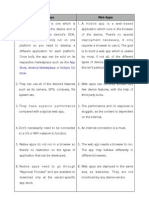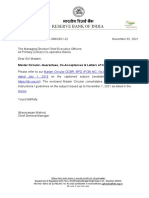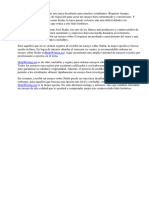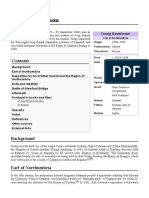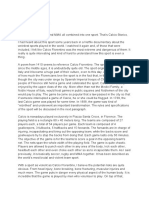0% found this document useful (0 votes)
18 views4 pages8th STD Chapter 3 Notes
Uploaded by
patan.farhaanCopyright
© © All Rights Reserved
We take content rights seriously. If you suspect this is your content, claim it here.
Available Formats
Download as PDF, TXT or read online on Scribd
0% found this document useful (0 votes)
18 views4 pages8th STD Chapter 3 Notes
Uploaded by
patan.farhaanCopyright
© © All Rights Reserved
We take content rights seriously. If you suspect this is your content, claim it here.
Available Formats
Download as PDF, TXT or read online on Scribd
/ 4


























